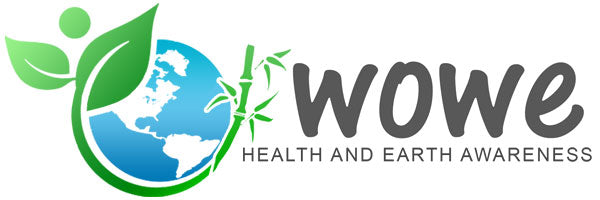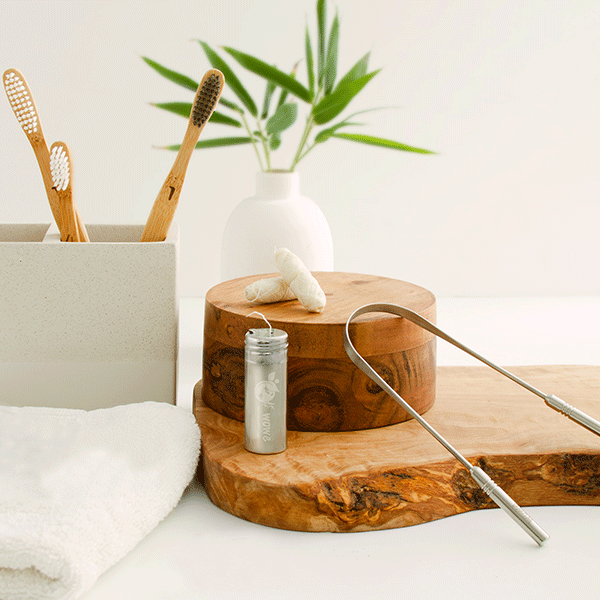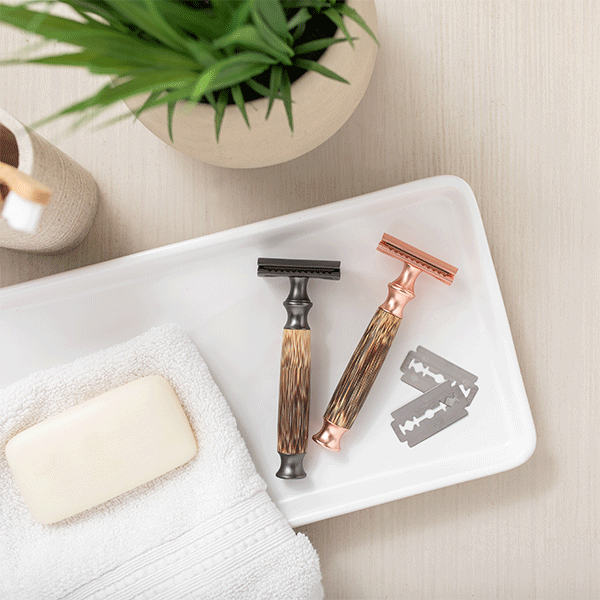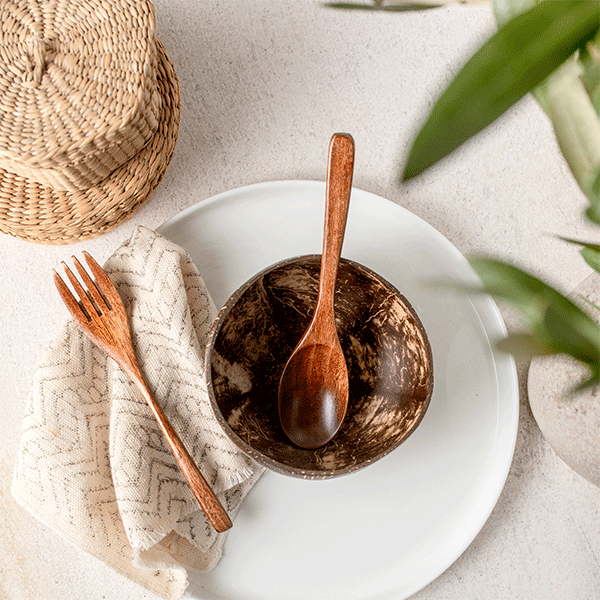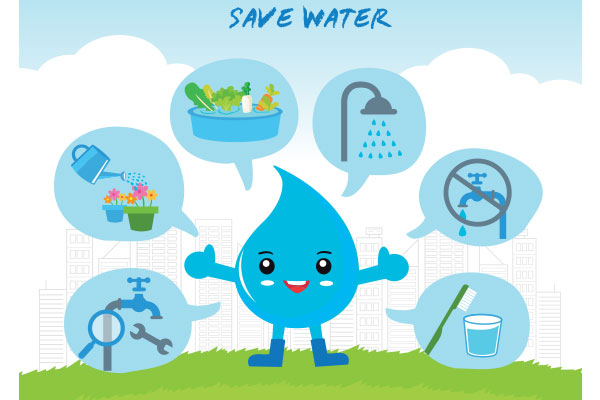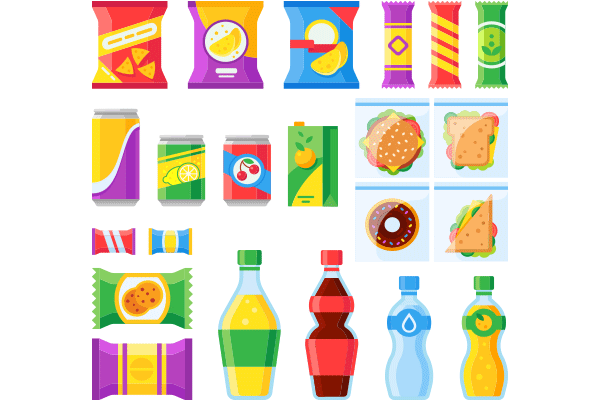It is far easier to ignore the facts than to change your habits, which is why so many people have still not made a commitment to cutting out the use of plastic water bottles. Though these single-use disposable plastic items have widely been considered to have a negative impact on the environment and be less economically sustainable than tap water, millions of people still choose bottled water over tap. If you are one of these people that is still not convinced, or you know someone that holds firm to their love of plastic water bottles, this article is for you.
In this article, we want to break down the many factors you should consider when deciding between tap and bottled water. Is bottled water healthier than tap water? Is bottled water a cost-effective option? What’s the difference between bottled and tap water? How is plastic pollution impacting the environment? Keep reading, we’ve got answers to all these questions and more.
Which is Better: Tap or Bottled?
One of the many reasons people cite for choosing to drink bottled water is that it is better than tap water, but is there any truth to this? With dozens of popular bottled water brands readily available at most stores, many people have developed a taste for one brand over another, or have been convinced that the familiar bottles are their best bet for rehydration. In truth, tap and bottled water have more similarities than differences, and at the core, are only different in how they are marketed.
More than 50% of all bottled water is tap water that has simply been packaged. Why? Because in the U.S., the majority of tap water is completely safe to drink. Treated and filtered, fresh tap water is completely safe to drink unless you have been notified otherwise by your local government. So, no, tap water is not dirtier, less filtered, or less healthy than bottled water, they’re the same.
If safety isn’t the reason, some people claim that it’s the taste that keeps them coming back for bottle after bottle of water. If your tap water tastes overly chlorinated, minerally, or otherwise different than what you would like it to taste like, this likely has something to do with the way it is processed in your area. To combat this, try getting a filter that attaches directly to your faucet, or consider getting a filtering pitcher to give your drinking water a crisper taste.
If the fact that bottled water is just tap water hasn’t convinced you that there is no reason to continue purchasing plastic water bottles, perhaps a little rundown of the difference in pricing will do the trick. Bottled water costs 1000x more per gallon than tap water. Let’s break this down: the average American drinks 58 gallons of water per year. If a gallon of bottled water typically costs around $9.50, a single person could spend more than $550 a year on bottled water alone. A gallon of tap water costs less than a cent, and in a year, the average person wouldn’t even be able to spend a full dollar on tap water.
Plastic and Your Health
Beyond its hefty price tag, plastic water bottles come with yet another cost. Much of the plastic used in the production of plastic water bottles contain harsh and harmful chemicals like BPA and phthalates that can wreak havoc on your health. Though occasional use of these products won’t do you any harm, prolonged use of single-use plastic water bottles, reusing these items, and life-long use of harmful plastics could result in serious health problems. Similarly, the immunocompromised, infants and the elderly may be more susceptible to the effects of these chemicals.
BPA is an estrogen existing within many plastics that has been linked to a number of health conditions including hormone disorders, certain cancers, reproductive problems, infertility, accelerated puberty, among others. Even low levels of BPA may be leached from plastic items into food and beverages, eventually being consumed. Though most plastics contain only low levels of BPA, some may contain more, and the existence and release of BPA can increase with extended use of a product or if the plastic is heated.
Phthalates are another type of chemical commonly found in plastic items that have been linked to a number of minor and severe health conditions. Among the many health problems associated with phthalates are asthma, ADHD, breast cancer, type II diabetes, infertility, neurodevelopmental disorders, and more. So, what’s the best way to avoid coming in contact with or consuming these harmful chemicals? Cut out single-use plastic items like plastic water bottles!
Environmental Impact
Along with the serious economic and health concerns associated with bottled water are the many reports by global environmental groups that these products are wreaking havoc on natural ecosystems and the environment. From the beginning of the production process to the moment the bottle is done being used, plastic water bottles are having a negative effect on the environment.
In order to produce the millions of plastic bottles necessary to meet demand, the U.S. alone utilizes more than 17 million barrels of oil every year. A major strain on non-renewable supplies of fossil fuels, the same amount of oil could power more than 1 million cars for more than a year. Along with high material needs, plastic water bottle manufacturing also requires a huge amount of energy, 2000x more than is required to process tap water for safe consumption.
Ever wonder where the water in these bottles comes from? If you live in the U.S., chances are pretty good that your bottled water is from the most drought-ridden places in the country. States like California, whose water supplies are seriously depleted, are common sourcing grounds for big names in water. Taking the water and selling it for a massive markup, water companies profit from the resale of water that is desperately needed for agricultural purposes, to maintain ecosystems, etc. Highly wasteful production methods aside, the real problem occurs once the bottles are no longer being used.
With more than 1 million plastic water bottles being used worldwide every minute, the problem of plastic water bottles isn’t going away any time soon. Once used, plastic water bottles must be disposed of, and since they can’t be reused, the majority find their way to landfills, are tossed out of cars, over the sides of boats, or occasionally recycled. Though most plastic water bottles are recyclable, only about 7% are ever actually recycled and turned into new bottles.
So where do the other 93% go? The majority of plastic water bottles will live out their days slowly breaking down to microplastics underground, or floating aimlessly through the ocean. Taking more than 1000 years to break down, the plastic water bottles that end up in landfills will eventually become microplastics, leaching their chemicals into the soil they are buried under or being consumed by bugs and small critters. The plastic bottles floating through the ocean may get caught on marine life heads, limbs, and tails. Creatures may become stuck in the bottles, may attempt to consume them, or will simply become overrun by the massive amount of plastic being dumped into the ocean.
Sustainable Solutions
If plastic water bottles are so bad, there must be a viable solution! Why is no one doing anything about this? Well, people are! People, activists, governments, institutions, and more have begun to change their tune when it comes to bottled water. Plenty of people around the world understand the wasteful practices involved in the production of bottled water and have begun to fight back. Though you may not be ready to march through the streets to protest plastic water bottles just yet, we bet you are ready to give up these expensive products for good.
Rather than grabbing a single-use plastic water bottle for your next hike, road trip, or visit to a friend’s, choose a reusable option instead. At Wowe Lifestyle, we design products that make living green easy and help our customers to be effortlessly environmentally conscious. One of the ways we do this is by offering practical lifestyle products that help you make sustainable choices.
Next time you have the urge to reach for a plastic water bottle, grab a reusable stainless steel one instead. Wowe’s Stainless Steel Water Bottle with Bamboo Lid is the perfect beverage accessory to take with you everywhere. Light enough to be carried or put in a bag, this bottle is also heavy-duty enough to prevent leaks on the road and keep your drink cool or warm in any environment. Made from FDA approved stainless steel that will never rust or tarnish, our reusable water bottles can be kept and used for a lifetime, costing you far less than constantly replenishing your plastic water bottle supply and doing far less harm to the environment. Stainless steel is also completely safe to drink from and reuse time and time again, so you never have to worry about harmful chemicals entering your body.
Ready to make the switch and live a sustainable life? Visit Wowe Lifestyle online to learn more about living green and how our products can help you do just that!

